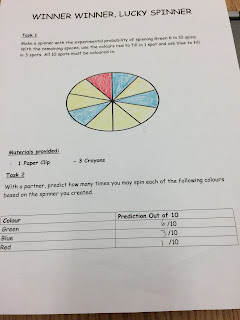Using Technology for learning and Assessing that math learning!

Hey guys, So today we began our class looking at different ways to integrate technology into our tech classrooms. We discovered that there are now so many games or apps to go along with whatever lesson you want to teach. I presented today using the money by mathies app. This app can be downloaded for free and can be used for any grade. It is a virtual cash draw that can help to visual money without having actual money in students hands. As they get into older grades they need to learn how to add, subtract, multiply and divide money into higher and higher denominations. You can create your lesson using this such as I created a simple word sheet that asked you to represent certain amounts of money based on loonies, toonies, nickles, dimes, quarters, and bills. I also asked a general question to gauge where students are such as if you have two bills and 5 coins what would you have and how did you come to this. Next Ryan had a game called Math Duel. This was a g...


